Changes accompanying general and special preparation stages and their impact on some functional indicators of circulatory system and heart muscle and concentration of growth hormones and testosterone and the special strength of young football players
Main Article Content
Abstract
The research aims to identify the differences in tests and measurements between the two preparation stages (general and special) in some functional indicators and growth hormones and testosterone and the special strength of the research sample. The researchers adopted the descriptive approach with the descriptive method for its suitability to the nature of the study. As for the research sample, the research community was determined by (Al-Zubair Club) for the youth football category, numbering 23 players (2023/2024). The researchers relied on testing and measurement to measure the variables under study. The most important Conclusions: There are some differences in the functional and hormonal aspects as a result of the players in both stages undergoing exercises characterized by developing oxygen capacity and special strength, and an improvement in special strength in the research sample, which is an indicator of the good selection of special exercises by the coach in the special preparation stage. As for the most important recommendations, it was to increase emphasis on understanding and employing the components of the load in a manner that is appropriate for each stage to reach responses that are consistent with the characteristics of the stage and the type of game practiced by the players
Article Details

This work is licensed under a Creative Commons Attribution-NonCommercial 4.0 International License.
References
Ahtiainen, J. P., Pakarinen, A., Alen, M., Kraemer, W. J., & Häkkinen, K. (2003). Muscle hypertrophy, hormonal adaptations and strength development during strength training in strength-trained and untrained men. European Journal of Applied Physiology, 89, 555–563.
Al-Takriti, W. Y. M., & Abdul-Ubaidi, H. M. (1999). Statistical Applications and Uses of Computers in Physical Education Research (p. 160). Dar Al-Kutub for Printing and Publishing.
Ammar, J. (2019). Physics of the Circulatory System and Physical Exercise (First Edition). University Book House.
Ammar, L. K. A. H. P., & Muslim, J. (2021). some basic skills in open soccer and their relationship to job indicators For youth goalkeepers. Journal of Studies and Researches of Sport Education, 66. https://www.iraqoaj.net/iasj/article/213558
Aqeel, M. A.-H. (2003). A comparative study of some physiological and morphological indicators of the heart muscle according to energy systems [PhD thesis]. University of Baghdad.
Arak, M. M. (2007). Evaluation of some physical abilities, skill and physiological capabilities according to different physical classifications of football players [Published doctoral thesis]. University of Babylon.
Bastawisi, A. (1999). Foundations and theories of sports training (p. 30). Dar Al-Fikr Al-Arabi.
Bttse، J. Gordon. (2013). Anatomy & physiology . ISBN 1-938168-13-5.
Di Luigi, L., Romanelli, F., Sgrò, P., & Lenzi, A. (2012). Andrological aspects of physical exercise and sport medicine. Endocrine, 42(2), 278–284. https://doi.org/10.1007/s12020-012-9655-6
Falah, A. (2005). The effect of physical effort on some antioxidant concentrations, physiological responses, and CPK enzyme activity [PhD thesis]. University of Basra.
Guyton, & Hall. (1997). A Textbook of Medical Physiology (pp. 134–135). University Medical Book, World Health Organization, Beirut.
Jaber, A. H., & Ahmed, K. (1986). Research Methods in Education and Psychology (p. 41). Dar Al-Nahda Al-Arabiya.
John, E. (2016). Guyton and Hall textbook of medical physiology. ELSEVEIR.
Mohamed, A. R. I. (1998). Muscle strength training and weightlifting programs for children (p. 83). l-Intisar Press.
Muhammad, H. A., & Abu Al-Ela, A. A. F. (2000). Physiology of Sports Training (p. 13). Dar Al-Fikr Al-Arabi.
Muhammad, T. D. (1986). Fluid Mechanics and Particles (pp. 134–135). Dar Al-Kutub Press.
Muslam, A. J., & Alwi, A. A. H. (2016). A study aj. Done functional Indexes Chemical, Variable, special farce and Attention Concentration aj. Open Halls. Players in Soccer. Misan Journal for Physical Education Sciences, 13(13). https://www.iraqoaj.net/iasj/article/134136
Muslim, A. J. (2018). Design of a device to measure the performance endurance and accuracy of the straight punch among young boxers. Journal of Sports Education Studies and Research, 28(4), 276–289. https://jsrse.edu.iq/index.php/home/article/view/670
POKORNY, . Circulation. (2011). lecture for subject Mechanical Properties of the Cardiac Muscle, specialization Physiology. First Faculty of Medicine Charles University.
Salama, B. E.-D. (2008). Biochemical characteristics of sports physiology. Dar Al-Fikr Al-Arabi. 1st Ed2007.
Wafaa, S. A. R. (2009). The effect of practical lessons for students of the College of Physical Education on some hematological and biochemical parameters and functional and physical variables [Master’s thesis]. University of Basra.
West, D. W. D., & Phillips, S. M. (2012). Associations of exercise-induced hormone profiles and gains in strength and hypertrophy in a large cohort after weight training. European Journal of Applied Physiology, 112, 2693–2702.
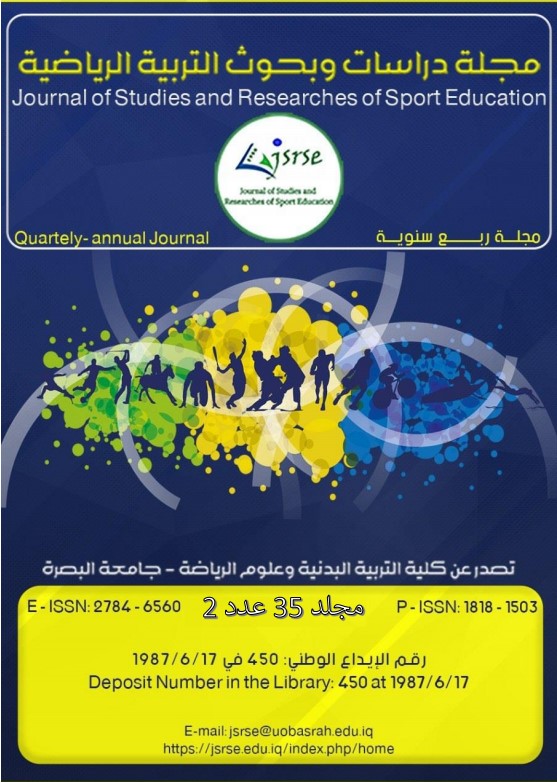




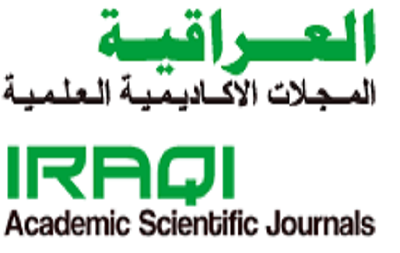 IASJ
IASJ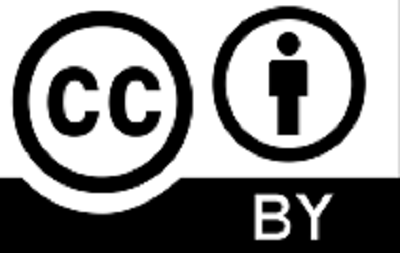 CC-BY-4.0
CC-BY-4.0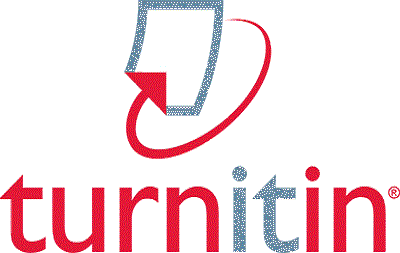 turnitin
turnitin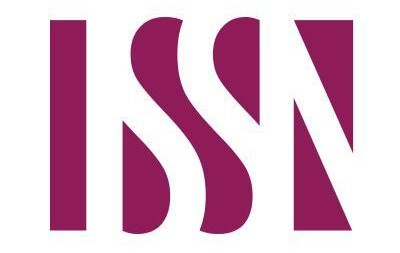 ISSN
ISSN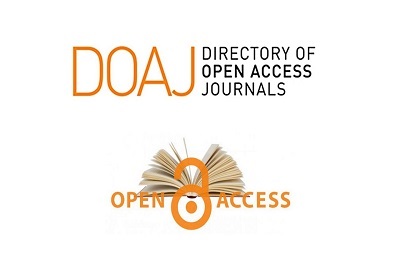 DOAJ
DOAJ Crossref
Crossref GoogleScholar
GoogleScholar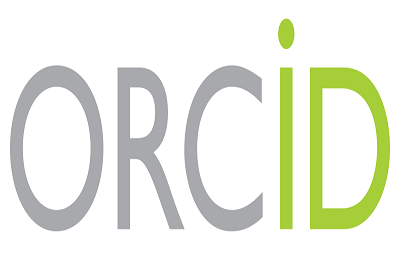 Orcid
Orcid